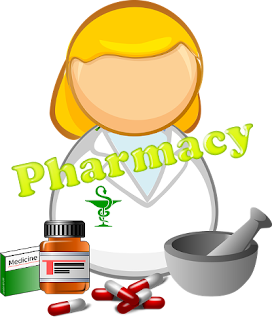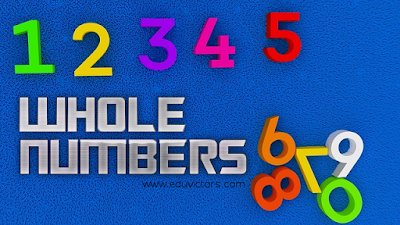Number Systems
Problems and Solutions
(CBSE Class 10)
Q1: Find HCF and LCM of 126 and 156 using prime factorization method.
Answer: HCF of 126 is:
126
╱╲
2 63
╱╲
3 21
╱╲
3 7
∴ 126 = 2 × 3 × 3 × 7 = 2 × 3² × 7
HCF of 156 is:
156
╱╲
2 78
╱╲
2 39
╱╲
3 13
∴ 156 = 2 × 2 × 3 × 13 = 2² × 3 × 13
∴ HCF (126, 156) = product of common factors with lowest power
= (2ⁱ × 3ⁱ) = 6







